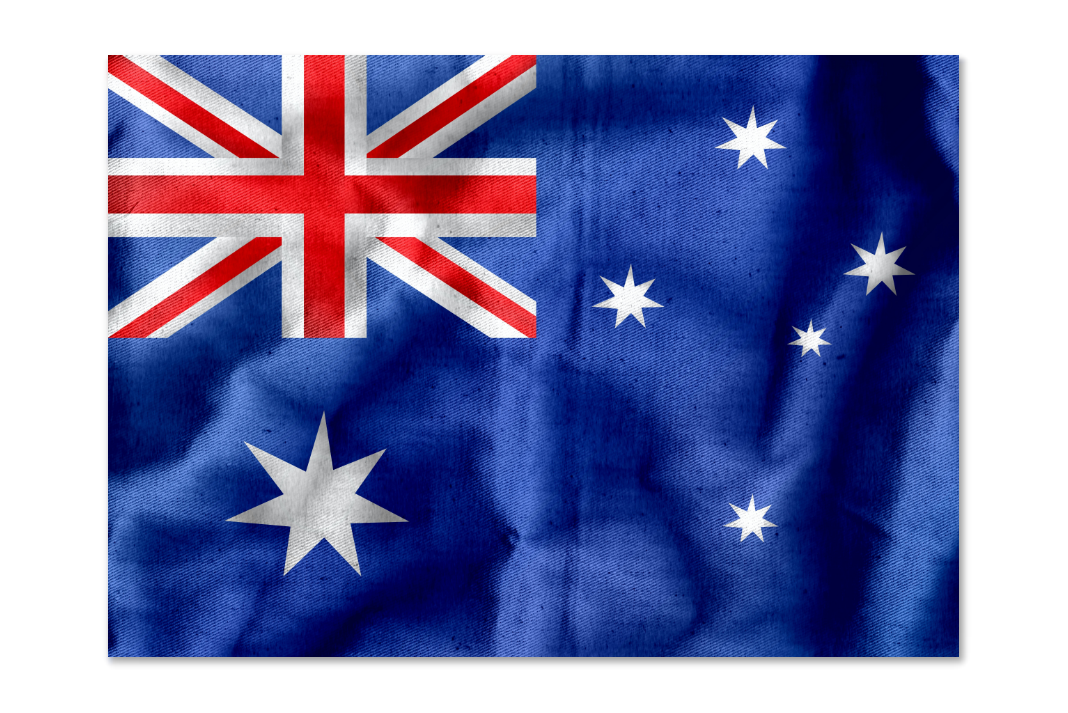Are you thinking of exportin’ to Australia? Got your IP rights in order? Not yet? Well, don’t leave it too late because ‘she’ might not be right if you do.
While Australia’s IP laws, rules and processes are for the most part identical or very similar to New Zealand, there are key differences which exporters should be aware of, and seek advice on, when planning the growth of their business.
This article focuses on the areas of Australia IP law that I most commonly advise aspiring exporters on in my legal practice: trademarks and domain names, and design and copyright.
Trademarks and domain names
As in New Zealand, rights in trademarks (typically brand names and logos) in Australia are acquired through use and/or registration.
Registered rights are best, as they give exporters rights across Australia as a whole – unlike use-based rights, which are usually geographically limited in scope; that is, they are limited to the city/state in which you sell goods are sold.
Registered rights in brand names are also best for two reasons: first, because your brand name will be protected regardless of how it appears in graphic form (including a logo); and, second, because, as I talk about shortly, they enable exporters to register a com.au domain name for their Australian business (if they want to register such a domain name).
Some exporters may not be able to register their brand names as word marks because they descriptive or generic, in which case obtaining registration for a logo mark is better than no registration at all.
Other exporters may not be able to register their brand names because someone else is already using or has registered an identical or similar trade mark in Australia.
If you find yourself in that boat, you should investigate what your options are before making any decisions.
Registered trademark rights are particularly important in Australia if aspiring exporters are considering operating a designated Australia website under a com.au or net.au domain name.
This is because to register a com.au or net.au domain name, there are certain eligibility criteria under the ‘.au Domain Administration Rules: Licensing’ (‘the Rules’) that must be met:
- Firstly, the person applying to register a com.au or net.au domain name must be a commercial entity;
- Secondly, the domain name applied for must be a match of, for example: the person’s company, business, statutory or personal name; an acronym of the person’s company, business, statutory or personal name; a match of the person’s Australian Trade Mark (noting that “Australian Trademark” means either a pending trade mark application or a registered trade mark that appears on IP Australia’s trade mark database); or a match or synonym of the name of a service that the person provides or goods that the person sells (whether retail or wholesale).
In practical terms, the simplest way for an aspiring exporter to be eligible to register a com.au or net.au domain name is to have filed (and had published on IP Australia’s database) a trademark application for their company name or their service or product brand name.
As the criteria above indicate, however, the desired domain name must be an exact match of the words which are the subject of the Australian Trademark application or registration (noting that the definition of ‘match’ in the Rules excludes commercial status identifiers like “Limited”, punctuation marks, articles such as “a”, “the”, “and”, “or” and “of”, and the symbol “&”).
Designs and copyright
A fundamental difference between New Zealand and Australia IP law is the lack of copyright protection for “industrially applied” product designs in Australia.
In New Zealand, owners of CAD drawings used to manufacture physical products for sale or hire, for example, enjoy copyright protection for 16 years from the date the 51st product is manufactured from those drawings.
Not so in Australia. In Australia, exporters of such products do not, except in certain limited circumstances, enjoy copyright protection in their CAD drawings. Exporters must either rely on registered design rights or consumer awareness of their product’s appearance in Australia to prevent or stop copying.
Registered design rights protect the shape and configuration, pattern or ornamentation of or on physical article – in other words, the item’s appearance.
Design rights do not protect how things work (which is the remit of patents), the materials used in products, the size of a product, or designs with no physical form, such as computer graphics.
Registered design rights are preferable to reliance on consumer awareness of a product’s appearance because they do not require public use of a product design in order for any rights in the design to be enforceable.
Quite the opposite, in fact. To be registered in Australia, a design must be new and distinctive, where ‘distinctive’ means not identical or substantially similar to a design previously publicly used in Australia or published in a document in or outside Australia.
Due to this requirement, if Australia features in an aspiring exporter’s plans it is crucial the exporter seek registered design protection as early as possible – potentially months if not years before any product is actually shipped to Australia.
Finally, I note that this article is for general information purposes only and is not intended to be a substitute for legal advice. If you are in need of advice, please contact your IP specialist.


